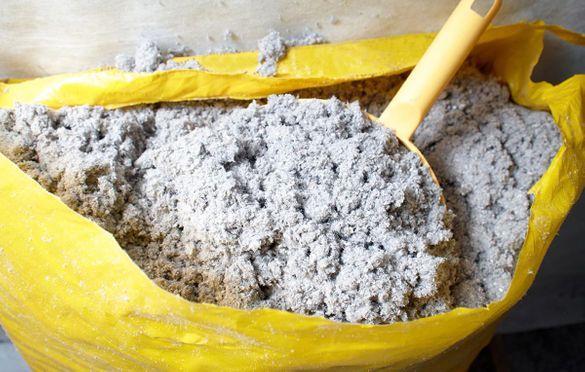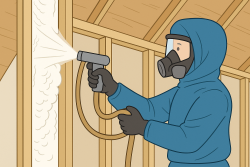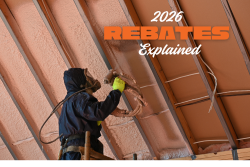Be it cold or warm, good insulation is what keeps you comfortable inside your house. By preventing heat loss or gain, good insulation can also helps in reducing energy costs.
There are many types of insulation available in Hamilton and each comes with its own merits based on several factors. As insulation is not something that you replace often, it is necessary to talk to experts and understand the pros and cons of each material before you make a decision.
While conserving energy is a good contribution to the environment, it is better when your insulation is supported with invaluable nature-friendly features. Cellulose is one such material that helps you reduce carbon footprints. It is one of the most eco-friendly building products because it is made from recycled paper which would have otherwise ended up in landfills. While decomposing, paper in landfills releases carbon into the atmosphere, adding to the greenhouse effect.
One material that comes close in comparison is fibreglass. Both are inexpensive and have good R-value (the measure of an insulating material's resistance to conductive heat flow), but the comparison stops there. See how fiberglass weighs against cellulose overall:
CELLULOSE VERSUS FIBREGLASS
- Environment Friendly: Cellulose is made of 85% recycled paper, 15% boric acid and other chemicals which help make it more insect and fire retardant. Fibreglass is made of about 50% organic material. Close, but not enough to be labeled a green product.
- Carbon Trap: With cellulose, your contribution to Mother Nature continues even after you install it on your walls and floors because of the carbon that is trapped within. As paper is made from plant cells, it is a great carbon sequester, which reduces greenhouse gases.
- Density: Cellulose also scores in terms of density and achieves R-50 with just about 13.5 inches of product - a factor to consider if you are working on an area where space is limited. In comparison, fibreglass requires 18 inches of packing.
- Heat Flow & Air Leakage: Almost all types of insulation requires some kind of air barrier to prevent leakage. However, cellulose is known to provide better resistance to air leakage. When packed densely, cellulose can even block air leakage completely. It also resists heat flow, a property that comes from the raw material it is made of – wood - which is not a good conductor of heat.
- Flammability: Fibreglass, which is made from glass, melts under high, direct flame. On the other hand, cellulose is more fire resistant because it is treated with fire retardant products such as boric acid and plant-based elements.
It is abundantly clear that cellulose insulation is better for your home not only because it is environment friendly but also because of its fire-resistant properties. Still not sure what material is good for your project? Consult your home insulation experts from Reitzel Insulation within Southwestern Ontario to choose a product that best fits your project on hand while keeping your carbon footprint low.
Contact our team at Reitzel Insulation to conduct a home inspection, give you details of different products and install new insulation for your home in Hamilton and surrounding areas. You can also use our coupon for a discount if you get the work done before March 31, 2018. Reach us by filling out our online contact form or call us at 226-241-9991 for a free quote.

















